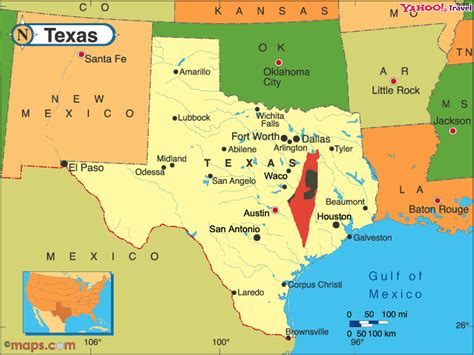The Unexpected Truth About Israel's Size (Texas Analogy)
Many people are surprised by Israel's actual size, often visualizing it as much smaller than it actually is. The common misconception stems from its portrayal in news coverage and its relatively small population compared to other countries in the Middle East. Using the familiar state of Texas as a comparison provides a clearer understanding of Israel's geographical footprint. While the popular Texas analogy isn't perfectly precise, it offers a valuable framework for grasping Israel's size and its complexities.
How Big is Israel Really? A Texas-Sized Comparison
Israel's land area is approximately 20,770 square kilometers (8,019 square miles). Texas, on the other hand, boasts an area of approximately 695,662 square kilometers (268,596 square miles). This immediately highlights the significant size difference; Texas is roughly 33 times larger than Israel.
However, the simplistic comparison of total area doesn't tell the whole story. Israel's geography is complex, characterized by diverse landscapes including coastal plains, mountains, deserts, and the Jordan Rift Valley. Furthermore, a significant portion of Israel's land is not arable or easily habitable. This makes direct area comparisons somewhat misleading.
Is Israel Smaller Than People Think? Addressing the Misconception
The perception of Israel's small size often arises from several factors:
- Media Portrayal: News reports often focus on specific events within localized areas, creating a false impression of Israel's overall extent. The intense focus on particular cities or regions can obscure the country's larger geographical context.
- Population Density: Israel's relatively high population density, concentrated in certain urban areas, can lead to an overestimation of its size. The densely populated coastal regions can create an illusion of a smaller, more confined country.
- Lack of Geographic Knowledge: Many people simply lack a strong understanding of the geographical features and dimensions of the Middle East, leading to inaccurate perceptions about Israel's size.
Understanding Israel's Geography Beyond Simple Comparisons
While the Texas analogy offers a useful point of reference, it's crucial to understand the nuances of Israel's geography:
- Diverse Terrain: The varied landscape makes simple square-kilometer comparisons inadequate. The country's mountainous regions, deserts, and fertile valleys significantly impact how land is used and perceived.
- Political Boundaries: Israel's borders have been constantly redefined throughout its history, with ongoing disputes further complicating geographical perceptions. Understanding the historical and political context is vital for comprehending Israel's size and its impact.
What About the "People Also Ask" Questions?
Let's address some common questions related to Israel's size:
How does Israel compare in size to other countries?
Israel is smaller than many countries in Europe and North America. It's comparable in size to some smaller European nations like Albania or Belgium, but significantly smaller than many others. Compared to its Middle Eastern neighbors, it's relatively small.
What is the population density of Israel?
Israel has a high population density compared to many other countries, particularly in urban areas. This contributes to the perception of a smaller country, even though the total land area is relatively modest.
What are the major geographical features of Israel?
Israel is characterized by diverse geographical features, including the coastal plain, the Judean Mountains, the Negev Desert, and the Jordan Rift Valley. This variation in terrain influences its development and perception of size.
Is Israel mostly desert?
While a significant portion of Israel is desert (particularly the Negev Desert), it also contains fertile areas and varied landscapes. Focusing solely on the desert areas creates a skewed perception of its overall geography.
Conclusion: More Than Just Numbers
The Texas analogy provides a helpful starting point for understanding Israel's size, but it's essential to go beyond simple comparisons. Israel's complex geography, history, and political context all contribute to its perceived size and require a more nuanced understanding. The reality is that Israel, while smaller than many countries, holds significant geographical diversity and historical importance far exceeding its apparent size.

